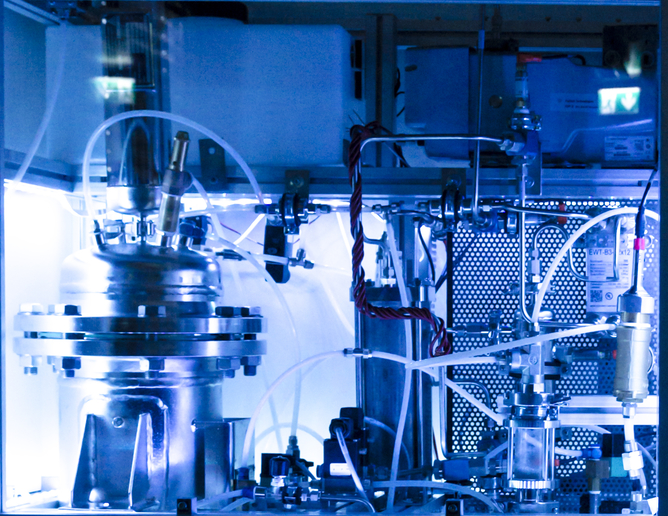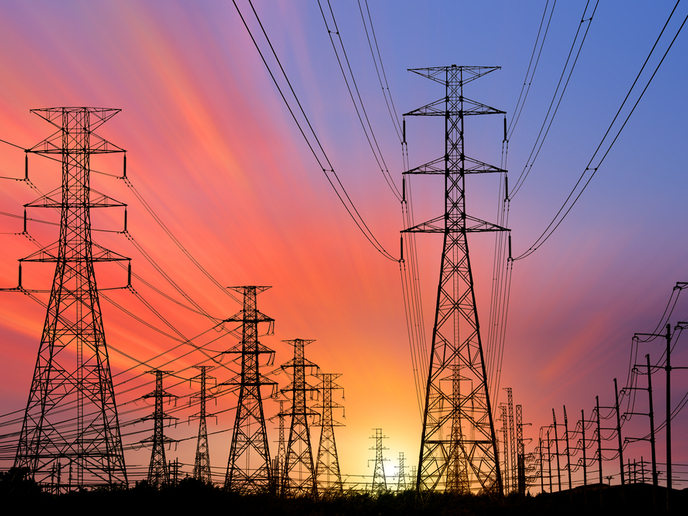Novel materials capture solar energy
SCs convert the photon energy in the Sun's light into electrical energy. Photovoltaics (PVs) are now entering the third generation with efforts focused on increasing performance while decreasing costs. The EU funded project 'Intermediate band materials and solar cells for photovoltaics with high efficiency and reduced cost' (IBPOWER) achieved these goals. Scientists exploited existing conceptual ideas regarding intermediate band solar cells (IBSCs), many of which were developed by project partners. A common problem faced by conventional SCs is increasing the photo generated current without losses in open circuit output voltage. ISBCs have an intermediate band (IB) between the valence band (VB) and the conduction band (CB) that can be used to increase efficiency. By using IB materials, absorption of two sub-bandgap photons can be used to maximise the current extracted unlike standard materials. One photon pumps an electron from the VB to the IB. The other photon pumps from the IB to the CB. The output voltage is limited by the largest of the bandgaps, which has not changed in this configuration. It is also related to the emitters that are the contacts at each end of the IB material. With appropriate use of a semiconducting 'sandwich' to isolate the IB from the electrical contacts, voltage output is not degraded. IBPOWER accomplished the above design criteria with four types of IB materials consisting of quantum dots (QDs), thin films, indium gallium nitride (InGaN) with manganese (Mn), and transition metals in III-V compounds. Characterisations were carried out on the device and materials level for compatibility, minimising losses and total optimisation. Promising results regarding the first three materials have already been widely disseminated, with over 40 articles published in peer reviewed journals and numerous conference presentations. Results regarding transition metals are currently in the process of dissemination. IBPOWER breakthroughs are expected to engender widespread market uptake of third generation PV devices and benefit manufacturers, consumers and the planet.







